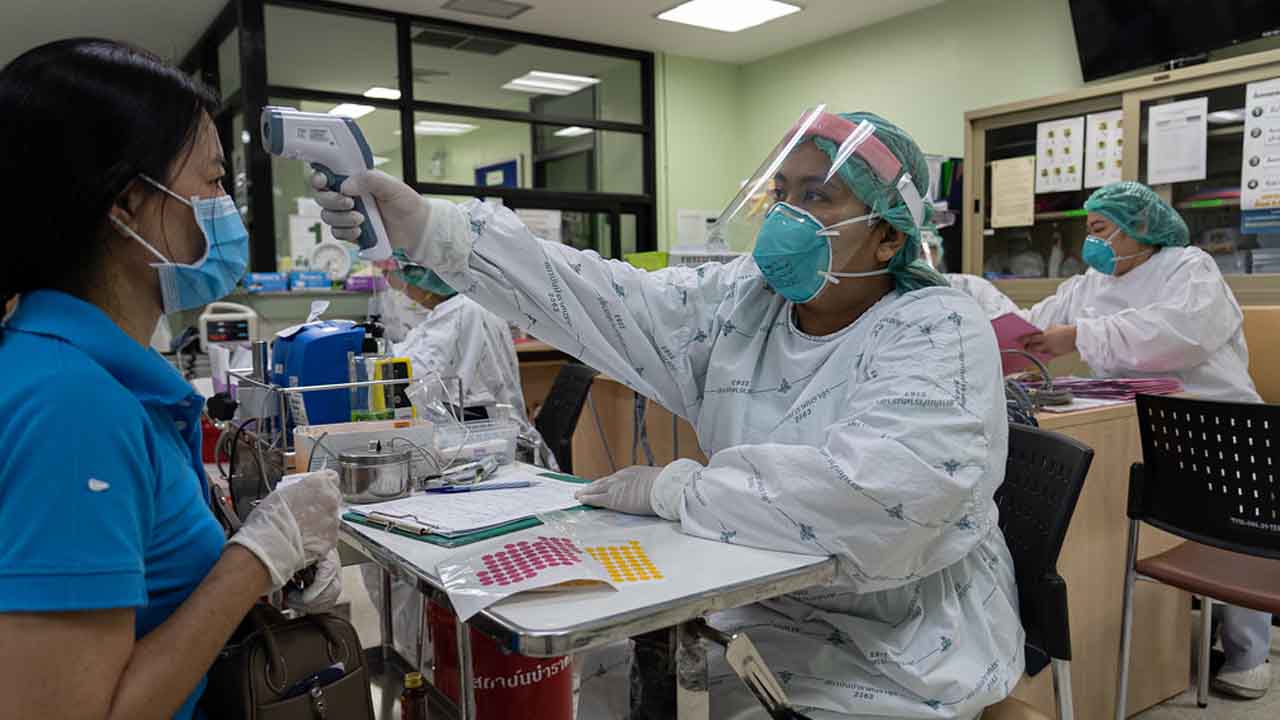The government healthcare expenditure as a share of total health expenditure has increased from 29% to 41.4% between 2014-15 and 2019-20 while government health expenditure’s share in country’s total GDP has increased from 1.13 percent to 1.35 percent in this period.
According to National Health Accounts Estimates report which has been released by the government there is a constant decline in the share of Out-of-Pocket Expenditure (OOPE) in total Health Expenditure. The declined has been from 62.6% to 47.1% in the five-year period, which shows progress towards ensuring financial protection and Universal Health Coverage for citizens, a statement said.
Significantly, India ranks 67th in the list of 189 countries in the out-of-pocket expenditure comparative estimate.“Through National Health Accounts Estimates report we can see that indicators like Out-of-pocket expenditure (OOPE) reduction are going hand in hand with increased public spending in healthcare. Thus, showcasing the right trajectory country is taking towards achieving milestones of Universal Health Coverage”, this was stated by Dr. Vinod K Paul, Member (Health) of NITI Aayog as he launched National Health Accounts (NHA) Estimates for India for 2019-20 in the presence of Rajesh Bhushan, Secretary, Union Ministry of Health & Family Welfare.
The National Health Account (NHA) estimates for India 2019-20 is the seventh consecutive NHA estimates report prepared by NHSRC, designated as National Health Accounts Technical Secretariat (NHATS) in 2014 by the Union Health Ministry. The NHA estimates are prepared by using an accounting framework based on the internationally accepted standard of System of Health Accounts, 2011, developed by the World Health Organization (WHO).
“Government is ensuring that healthcare services that are required, be made readily available and accessible to the citizens without financial hardships,” Dr Paul said.
Report highlights the increased public spending in primary healthcare, which is in line with National Health policy 2017 where it states that two-thirds of public health spending must be in Primary Health systems. This is also a result of great developments/initiatives taken at grassroot level such as opening of over 1.6 lakh Ayushman Bharat Health and Wellness Centres (AB-HWCs) which are providing plethora of health services to the people.
The report says that in per capita terms, GHE has doubled from Rs. 1,108 to Rs. 2,014 between 2014-15 to 2019-20. The government spending on health between 2018-19 and 2019-20 increased by 12%, more than double the growth rate between 2017-18 and 2018-19 which was at 5%.
Additionally, in General Government Expenditure (GGE), the share of health sector spending has steadily increased from 3.94% to 5.02% between 2014-15 and 2019-20. This clearly indicates that healthcare has been the priority for public investment in the country.
The increase in government spending on health has an important implication for the reduction of financial hardship endured by households. In the Total Health Expenditure (THE) of the country between 2014-15 and 2019-20, the share of GHE has increased from 29% to 41.4%.
The share of primary healthcare in Current Government Health Expenditure (CGHE) has increased from 51.3% in 2014-15 to 55.9% in 2019-20. The increased focus on primary healthcare reinforces the government’s decisions to prioritize primary healthcare in the country.
Another positive trend in the country’s health financing space is the increase in Social Security Expenditure (SSE) on healthcare. This increase in social security has a direct impact on reducing out-of-pocket payments. A robust social security mechanism ensures that individuals will not face financial hardship and the risk of poverty as a consequence of accessing essential healthcare services.
The share of SSE on health, which includes government-funded health insurance, medical reimbursement to government employees, and social health insurance programs, in THE, has increased from 5.7% in 2014-15 to 9.3% in 2019-20.


























